Gardening: Double Late Tulips
Written by H, Posted in Gardening
A few years ago at Savour the Flavours, I purchased a brown bag of tulip bulbs. Planted late in the fall that year, these tulips have added a burst of colour each spring season since.
I trimmed the tulips and gave them as a floral arrangement, and there were several comments about how much the blooms looked like peonies. Interestingly enough, while there are tulip-peony hybrid flowers, these blooms are indeed tulips. Double late tulips, to be exact.
An excellent reproducer, these double late tulip blooms are beautiful, low-maintenance, and love the sun — perfect for a garden that gets 6+ hours of sun each day. This year, I documented their growth from first blooms to cut flowers (check out the photos below).
Double late tulips are also known as peony-flowered tulips. They’re called double late because their flower is double the average tulip (in size and leaf). Typically, double late tulips bloom in the late spring (ours sprouted up late April, with blooms showing in early May).
Double late tulips prefer lots of sun. LOTS of sun. They require very little maintenance, and make excellent cut flowers. If you’re looking to plant your own double late tulips, do so in the fall, before the first hard frost.
Did you know that there are more than 3,000 registered tulip varieties?

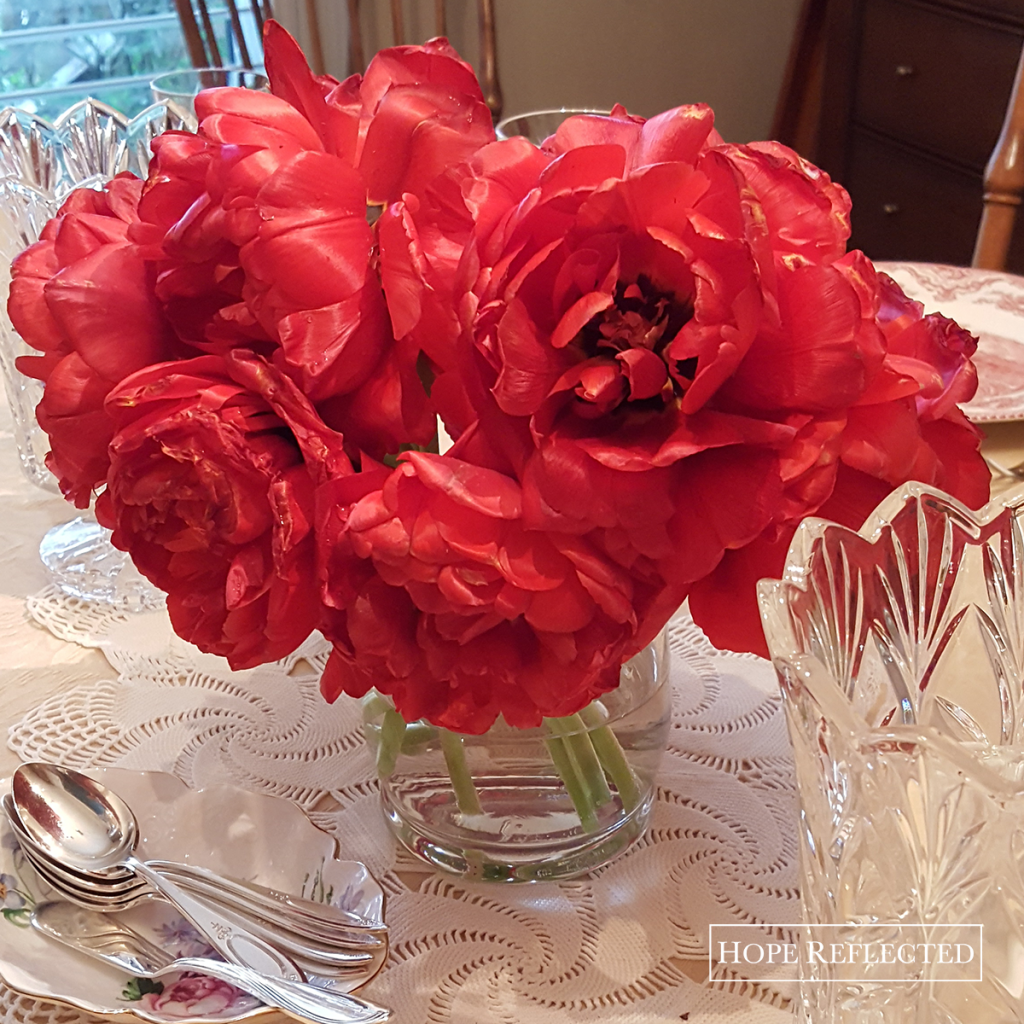
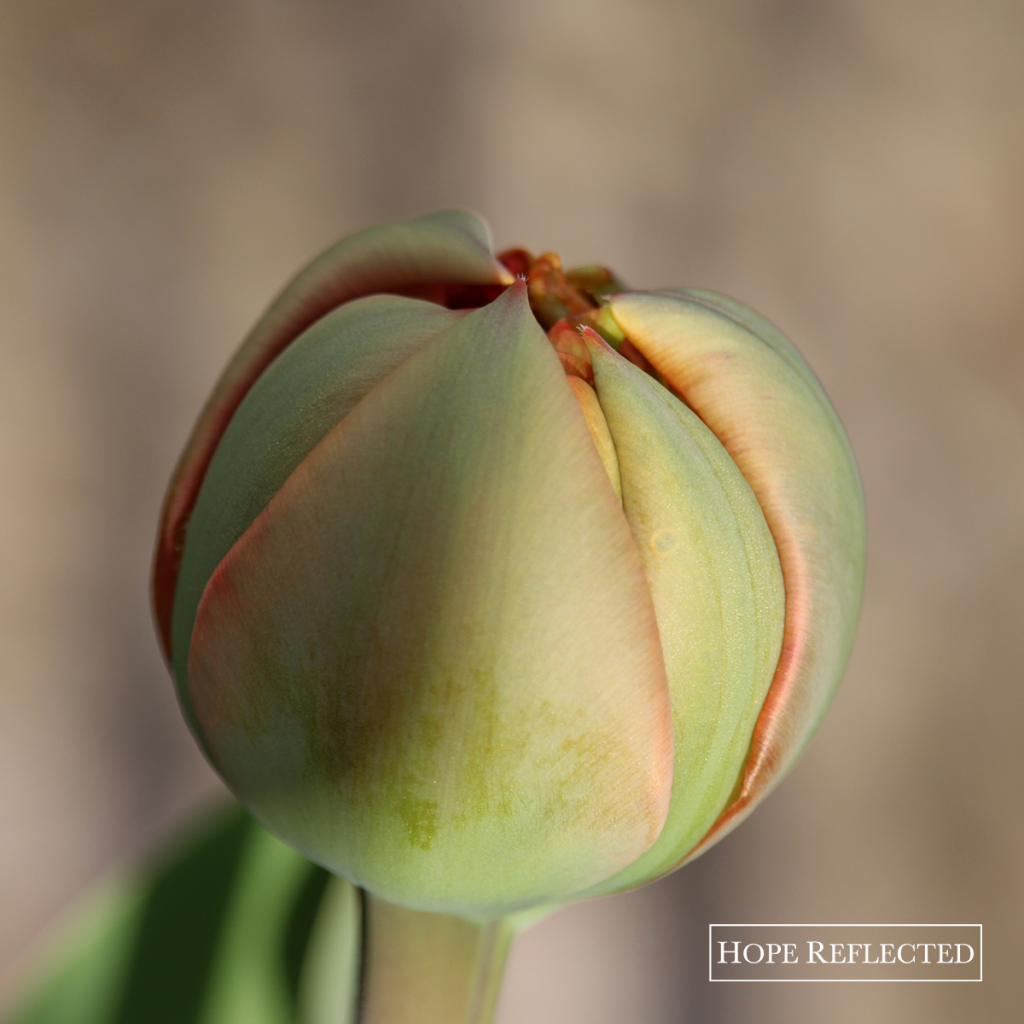





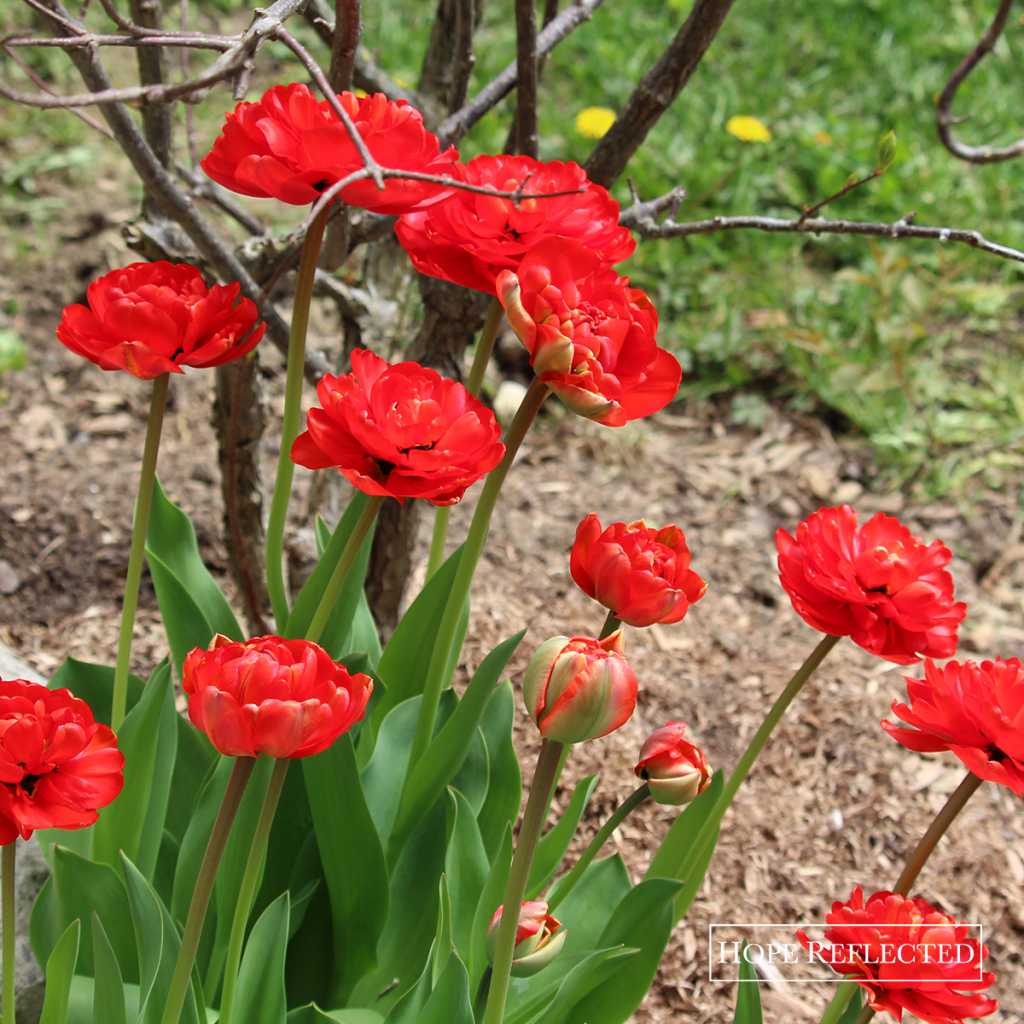

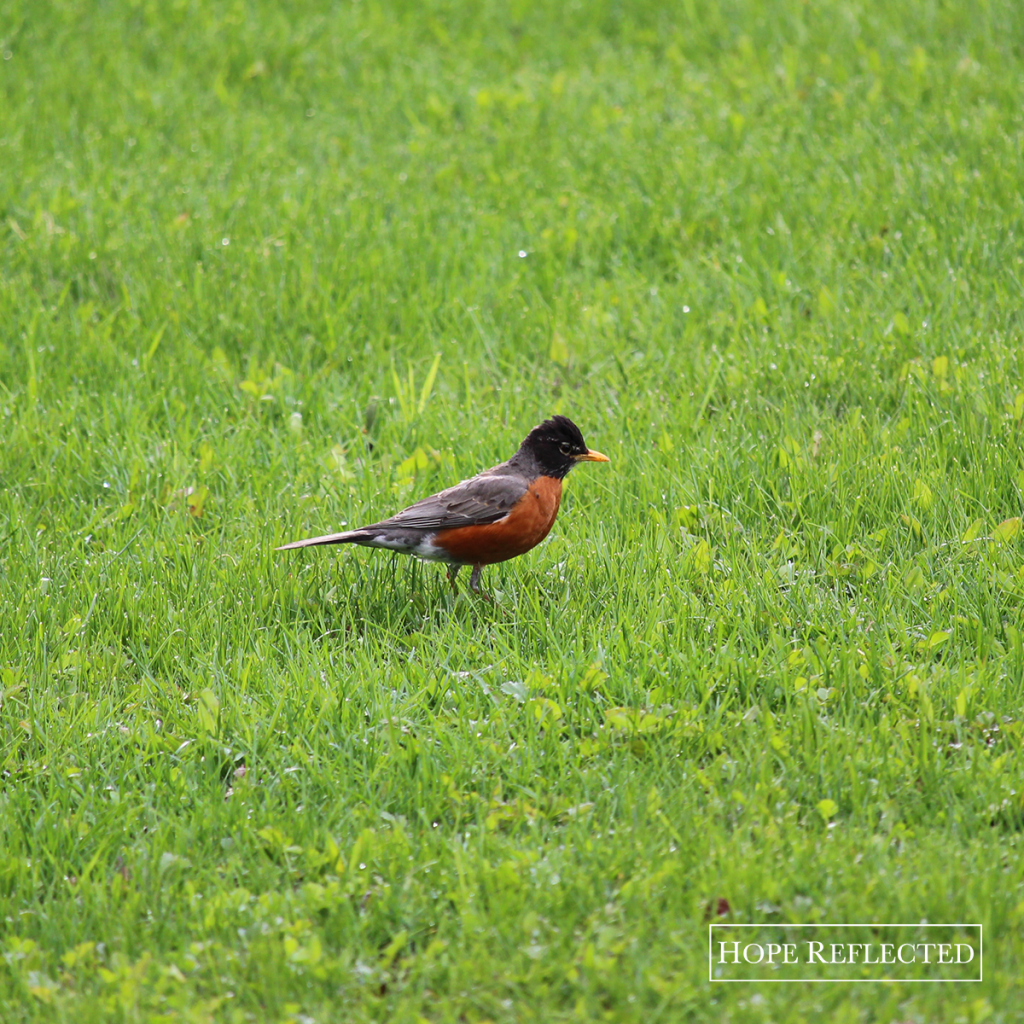
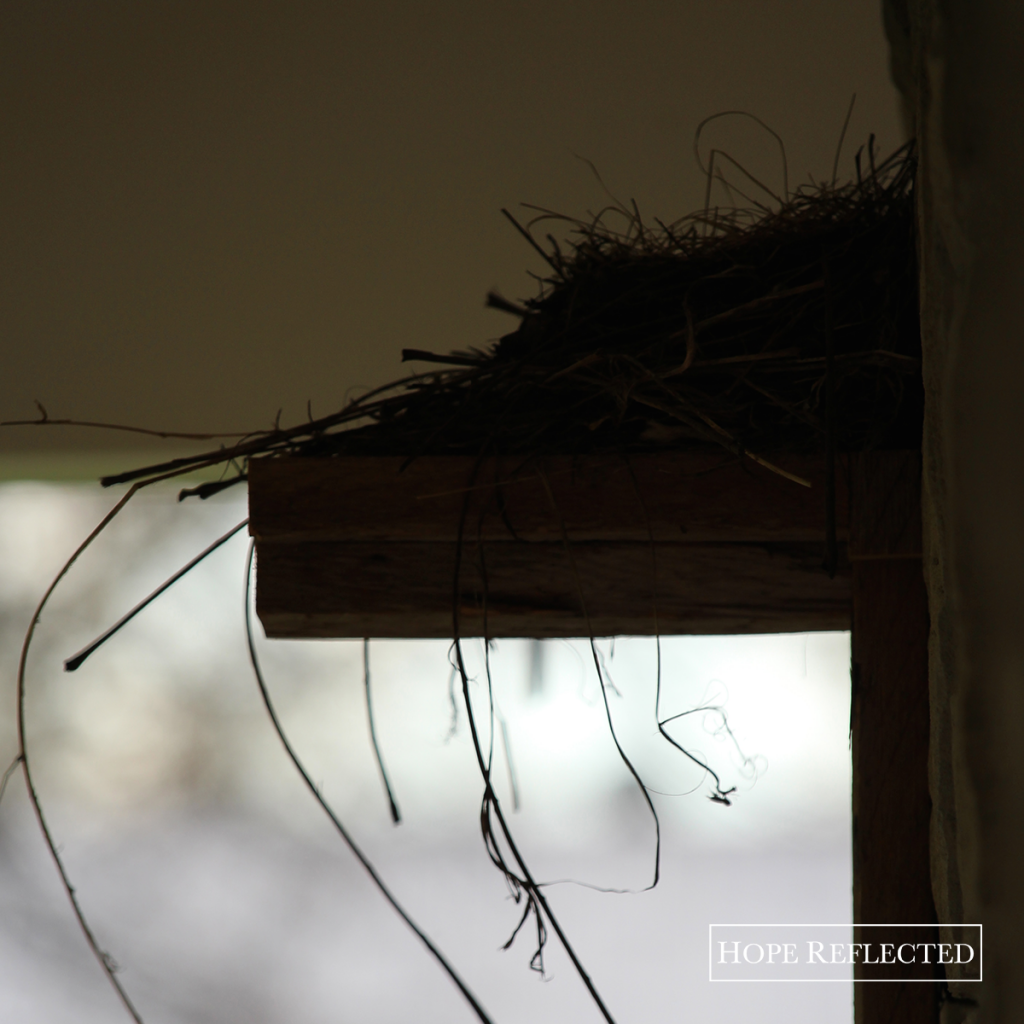
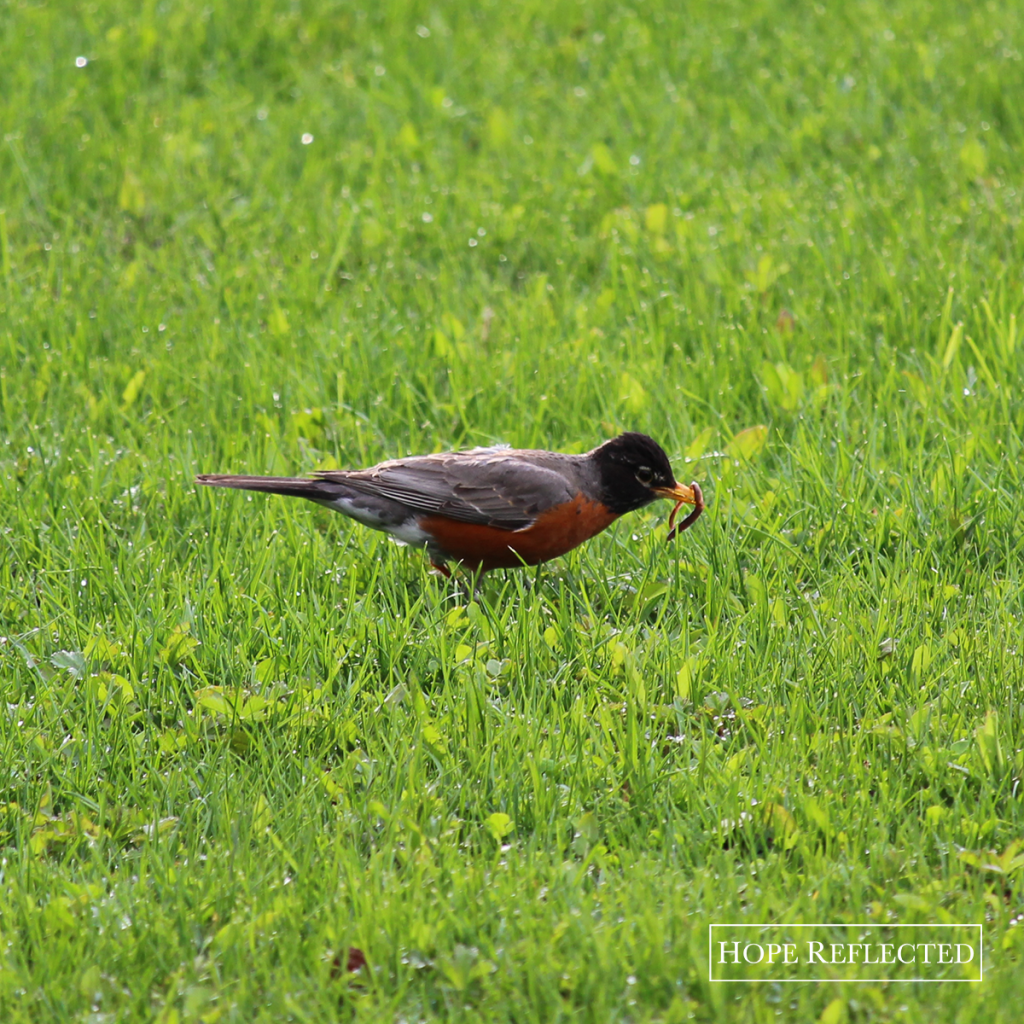
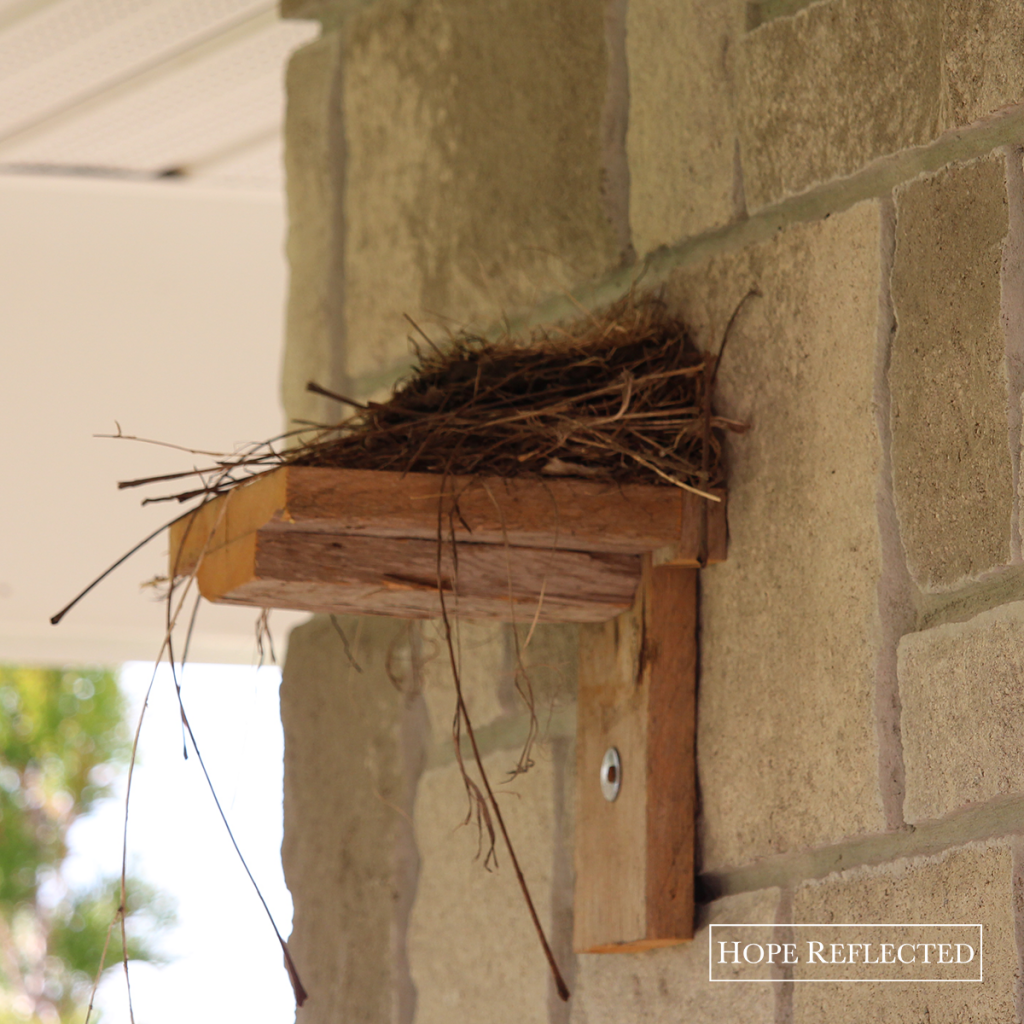
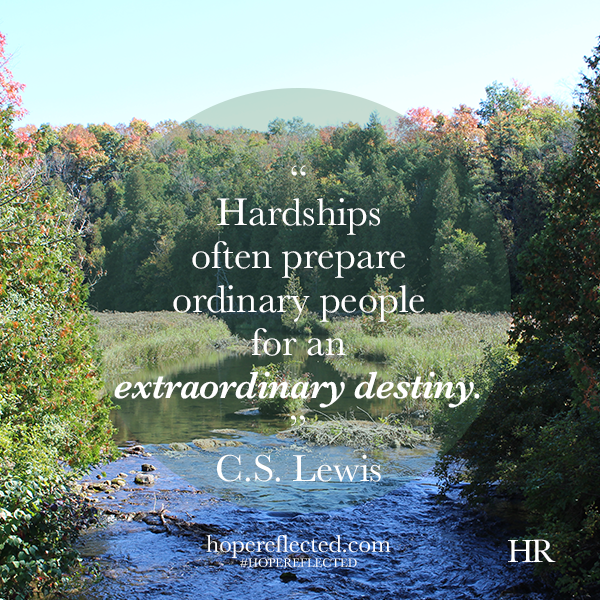
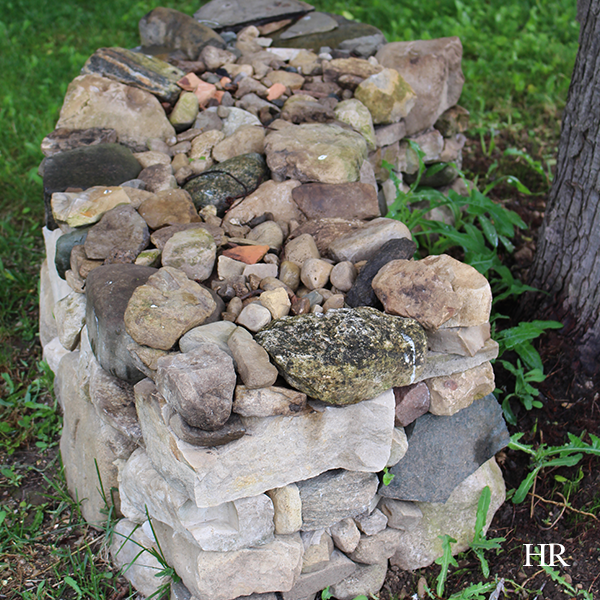
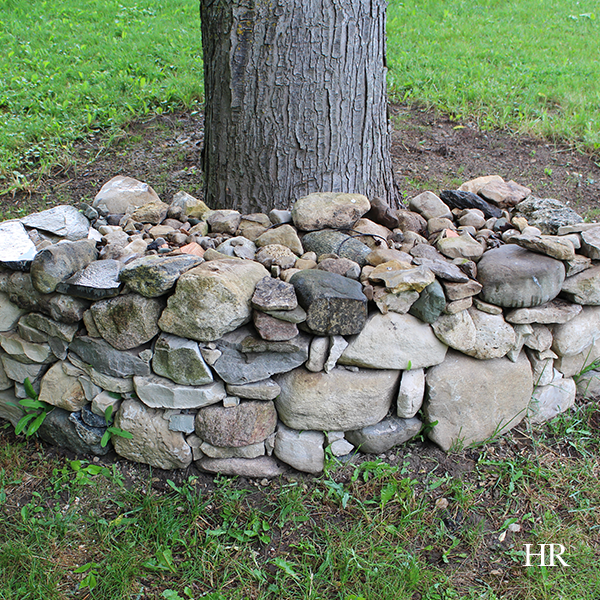
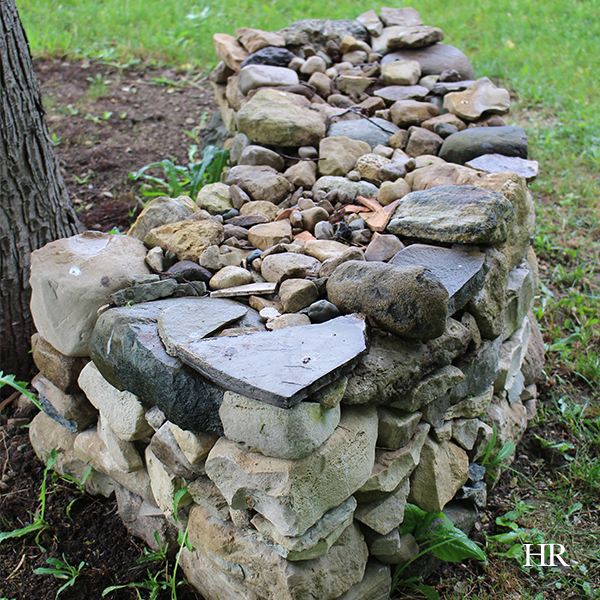
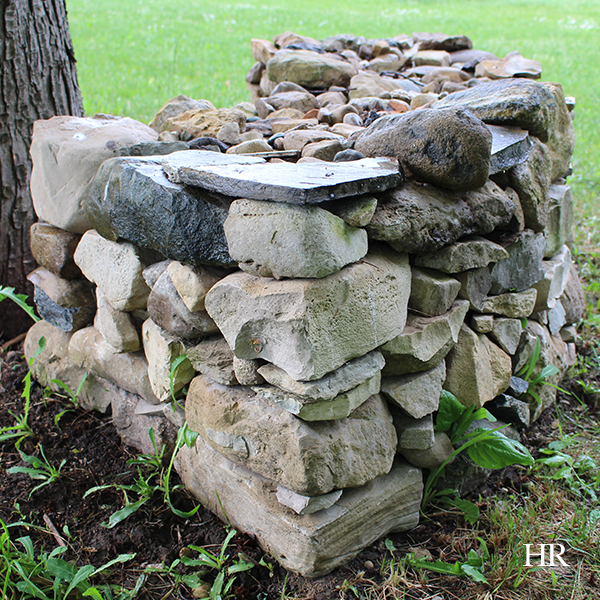
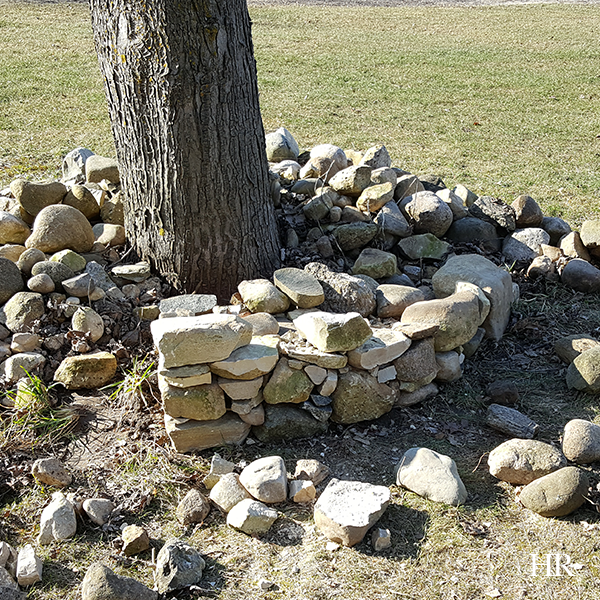
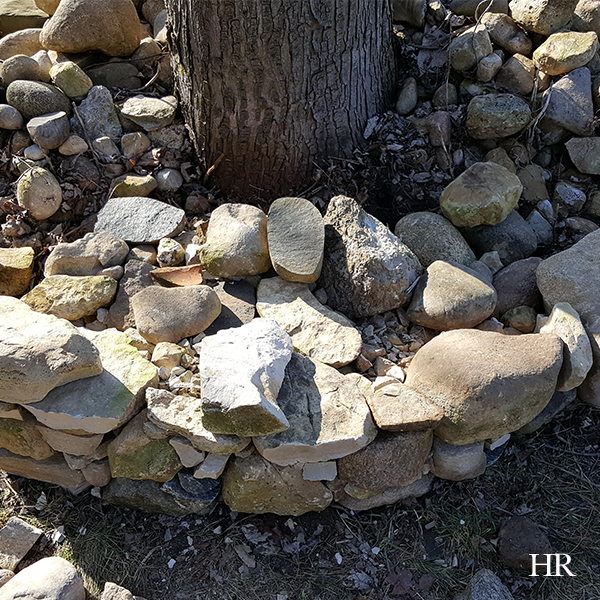
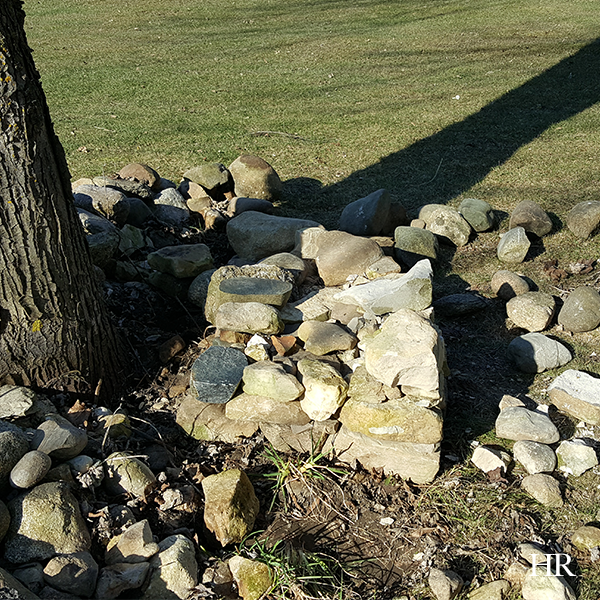
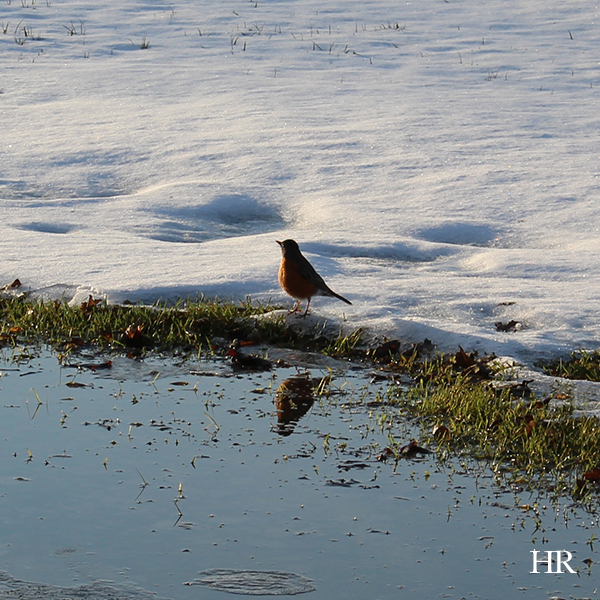
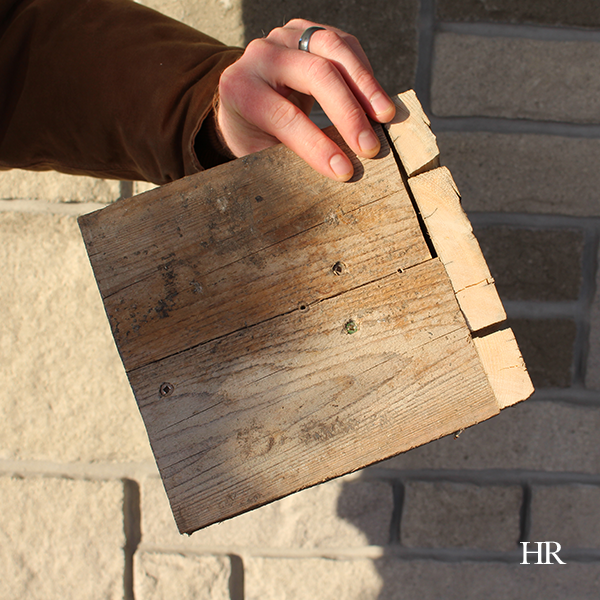
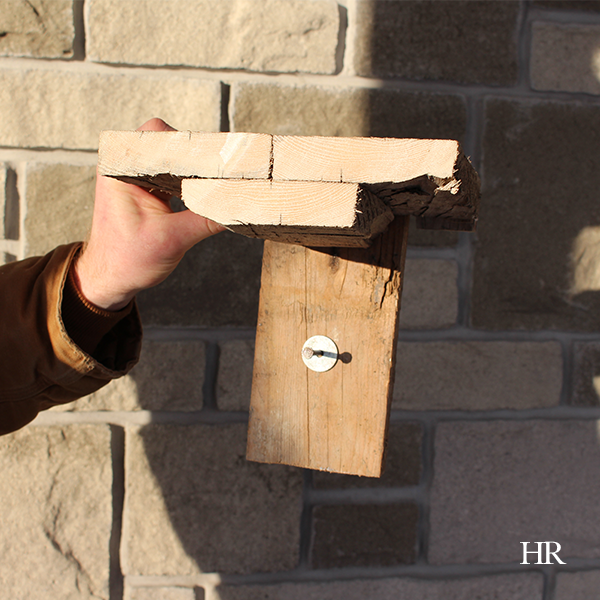
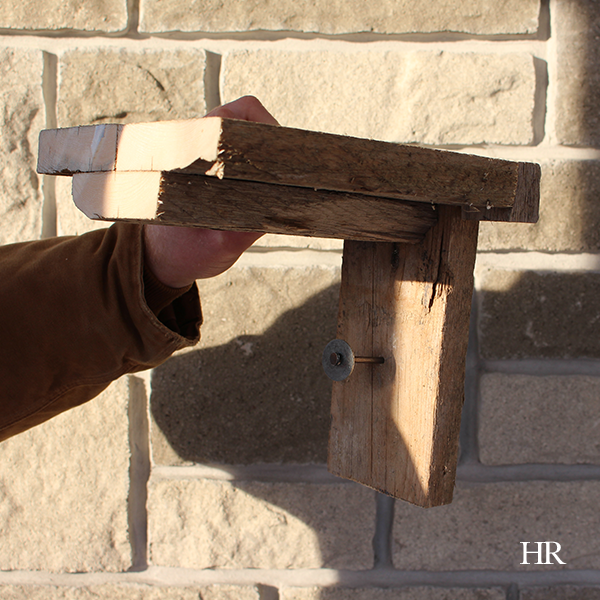
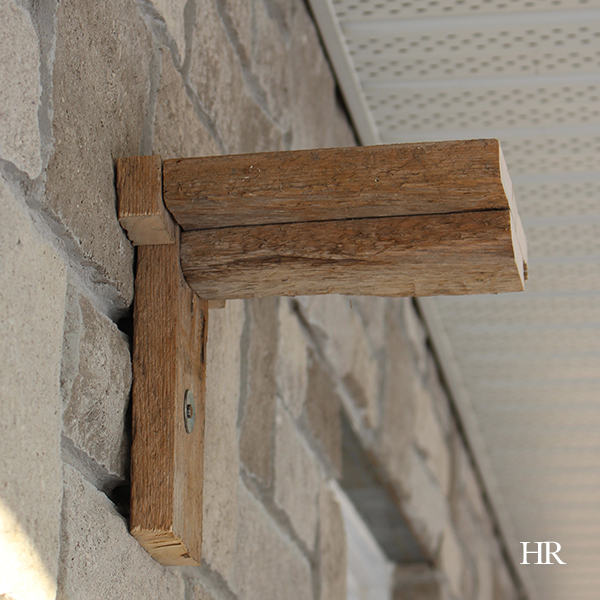
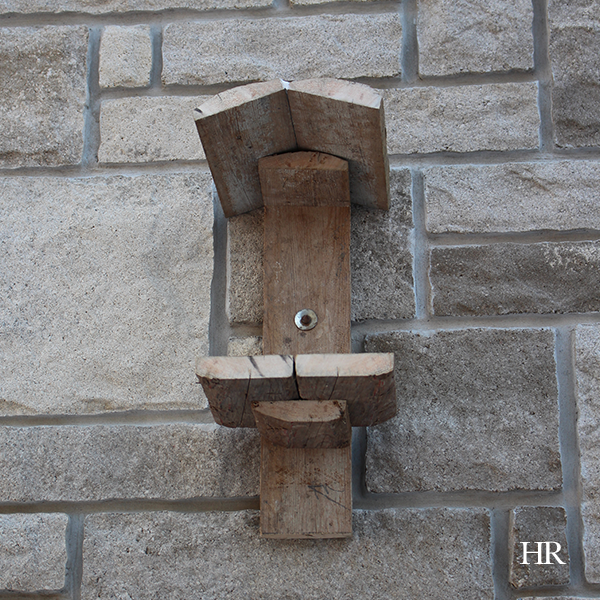
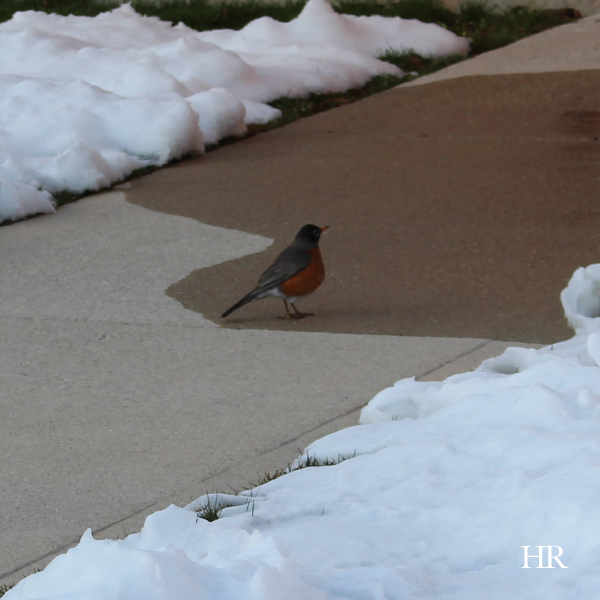



![False friends or counterfeit kindness; whatever you want to call it, the world is filled with people who will say one thing to your face and then another behind your back; people who will woo you in order to get something from you.
It’s sad, but it’s true.
The Bible provides us with examples from Joab to Judas, and yet, we’re surprised when we find ourselves deceived and hurt by someone else.
So what are some of the hallmarks of a true friend?
You can read more about this on hopereflected.com [Link in profile]
.
.
.
#friends #friendship #kindness #counterfeitkindness #hurt #proverbs #truefriends #hopereflected #blog #blogpost](https://www.hopereflected.com/wp-content/plugins/instagram-feed/img/placeholder.png)